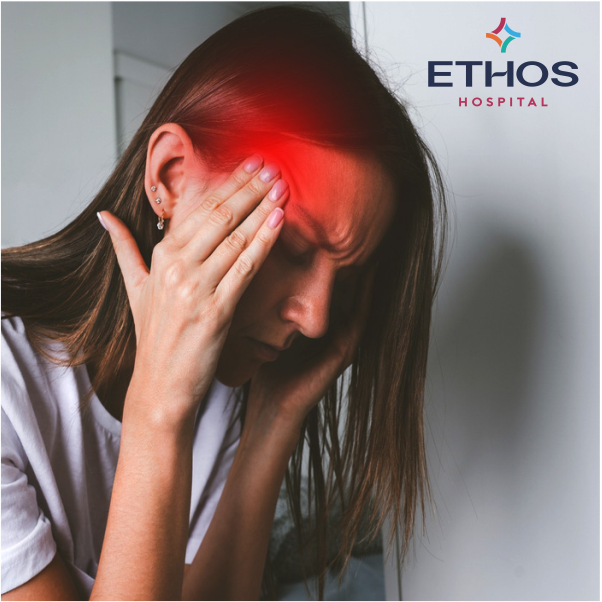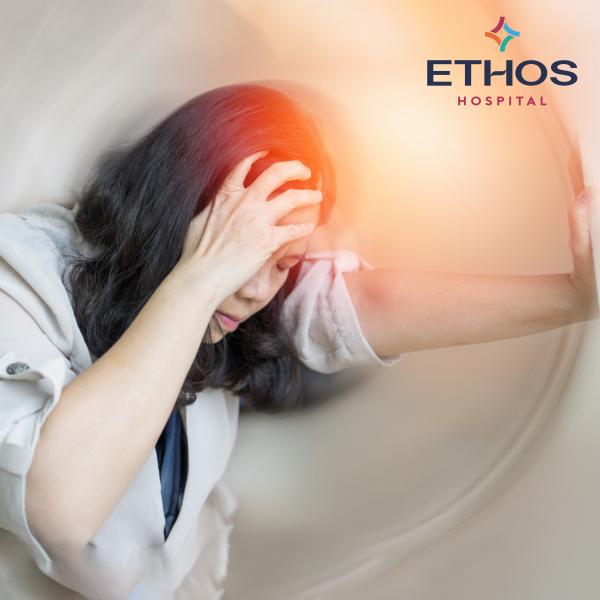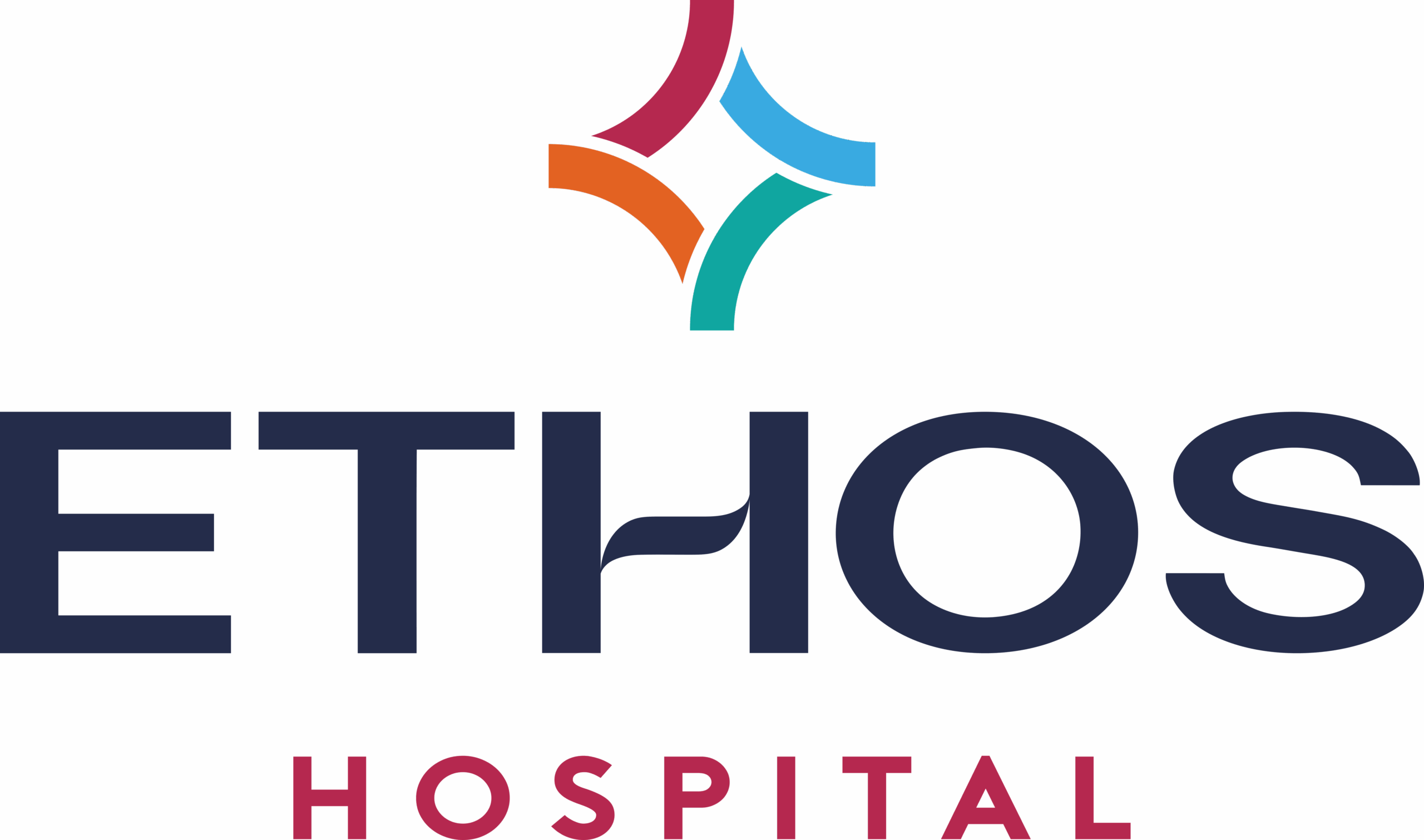The throbbing, aching sensation in our heads can disrupt our day. But is it just a “headache,” or something more serious, like a “migraine”? While often used interchangeably, headaches and migraines are distinct conditions with different characteristics, causes, and treatments. Understanding the difference is crucial for effective management and relief. At Ethos Hospital, our expert team of neurologists helps patients identify, diagnose, and treat migraine and chronic headaches with compassion and care.

What is a Headache?
A headache is a general term for pain in the head or upper neck. It can range from mild to moderate and is typically caused by factors such as tension, fatigue, dehydration, sinus issues or eye strain. Most headaches are primary headaches, meaning they aren’t symptoms of an underlying disease.
The most common types include:
- Tension-Type Headaches: These are the most prevalent type, often described as a tight band around the head, a dull but constant ache, or pressure. They are usually mild to moderate in intensity and don’t typically worsen with physical activity. Stress, fatigue, poor posture, and eye strain are common triggers.

- Cluster Headaches: Though less common, these are severe and characterized by intense, piercing pain usually around one eye. They occur in “clusters” over a period of weeks or months, followed by remission periods. Associated symptoms often include tearing, redness of the eye, nasal congestion, and facial sweating on the affected side.

- Sinus Headaches: These occur when the sinus cavities – air-filled spaces in the forehead, cheekbones, and behind the nose – become inflamed, typically due to an infection or allergy. The resulting congestion leads to a build-up of pressure, causing a dull, throbbing pain in the forehead, around the eyes, nose, and upper cheeks. Sinus headaches are commonly accompanied by other signs of sinusitis, such as nasal discharge, facial swelling, ear pressure, and a feeling of fullness in the face.

Headaches can be uncomfortable, but they generally don’t significantly interfere with daily activities. Most headaches are short-lived and manageable with lifestyle modifications or rest.
What is a Migraine?
Migraine is a complex neurological condition, not just a severe headache. It’s characterized by recurrent episodes of moderate to severe head pain, often throbbing, and typically affecting one side of the head. However, it can affect both sides. Migraines can last anywhere from 4 hours to 72 hours and may significantly impact your daily life.

Migraines often come with additional symptoms such as:
- Nausea or vomiting
- Sensitivity to light, sound, or smells
- Dizziness or fatigue

Common Migraine triggers are as follows –
- Stress
- Hormonal changes
- Skipped Meals
- Caffeine
- Lack of Sleep
- Weather
Migraines often progress through distinct phases:
- Prodrome (pre-headache): Subtle changes hours or days before the migraine, like mood swings, fatigue, neck stiffness, or food cravings.
- Headache Phase: The throbbing pain and accompanying symptoms.
- Postdrome (post-headache): The “migraine hangover,” characterized by fatigue, brain fog, and muscle aches.

Key differences between migraine and headache
| Migraine | Headache |
| Intense, throbbing ache | Mild, dull pressure |
| Pain on sides of the head | Pain around forehead |
| Lasts for days | Does not keep recurring |
| Nausea or dizziness | Short-lived with no accompanying symptoms |
| Sensitivity to light and sounds | No such signs |
When to seek medical help
While many headaches are benign, it’s crucial to consult a doctor if you experience:
- A sudden, severe headache (“thunderclap headache”).
- Headache accompanied by fever, stiff neck, rash, confusion, seizures, double vision, weakness, numbness, or speech difficulties.
- Headache after a head injury.
- Headaches that are worsening or changing in pattern.
- Frequent headaches that disrupt your daily life.
At Ethos Hospital, our experienced neurologists can accurately diagnose your condition, whether it’s a common headache or a complex migraine. We offer comprehensive diagnostic services and personalized treatment plans, including acute pain relief strategies and preventive therapies to improve your quality of life.




